11 Simple Steps to Successfully Propagate Your Fiddle-Leaf Fig
Fiddle-leaf figs are popular for their large, glossy leaves and impressive presence. Propagating them can help you enjoy more of these striking plants in your space. The process involves taking a cutting and encouraging it to grow roots. It is easier than you might think and requires minimal supplies. Over time, your cutting can grow into a healthy plant that brightens any room.
This post may contain affiliate links, which helps keep this content free. Please read our disclosure for more info.
Choose a Healthy Parent Plant
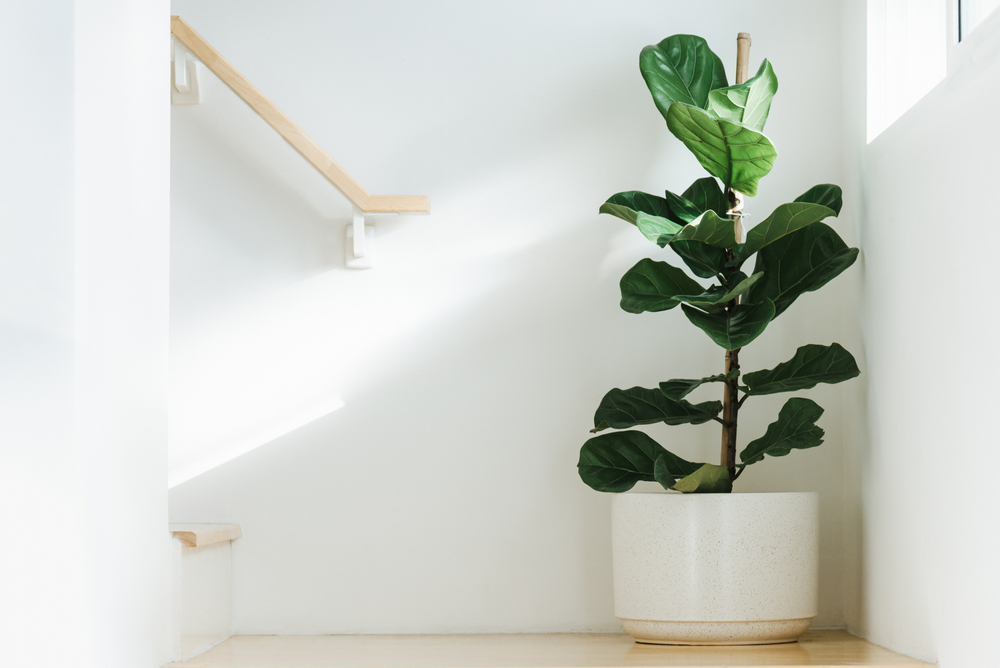
Start with a strong, pest-free fiddle-leaf fig that has several healthy leaves and firm stems. A healthy plant will give your cutting the best chance of growing successfully. Look for stems that are not too old or woody. Younger stems tend to root more quickly.
Check the plant closely for any signs of damage or disease before taking your cutting. Yellow or drooping leaves can signal that the plant is stressed. A strong parent plant will help produce stronger roots. This simple step sets the foundation for good results.
Select the Right Stem for Cutting
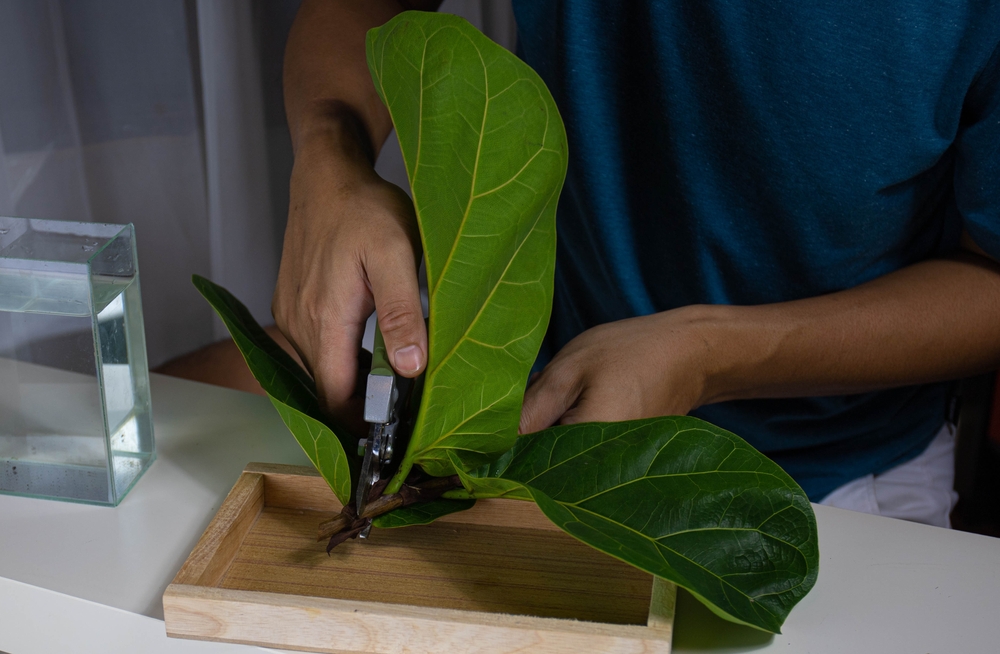
Choose a stem that has at least two to three leaves and is around six inches long. It should feel firm but still flexible when touched. Avoid very young stems that are too soft. These may not hold up well during the rooting process.
The best stems are usually found near the outer edges of the plant. These get more light and have stronger growth. A healthy stem will help your cutting adapt more quickly. Picking the right stem is key to a smooth start.
Use Clean and Sharp Tools
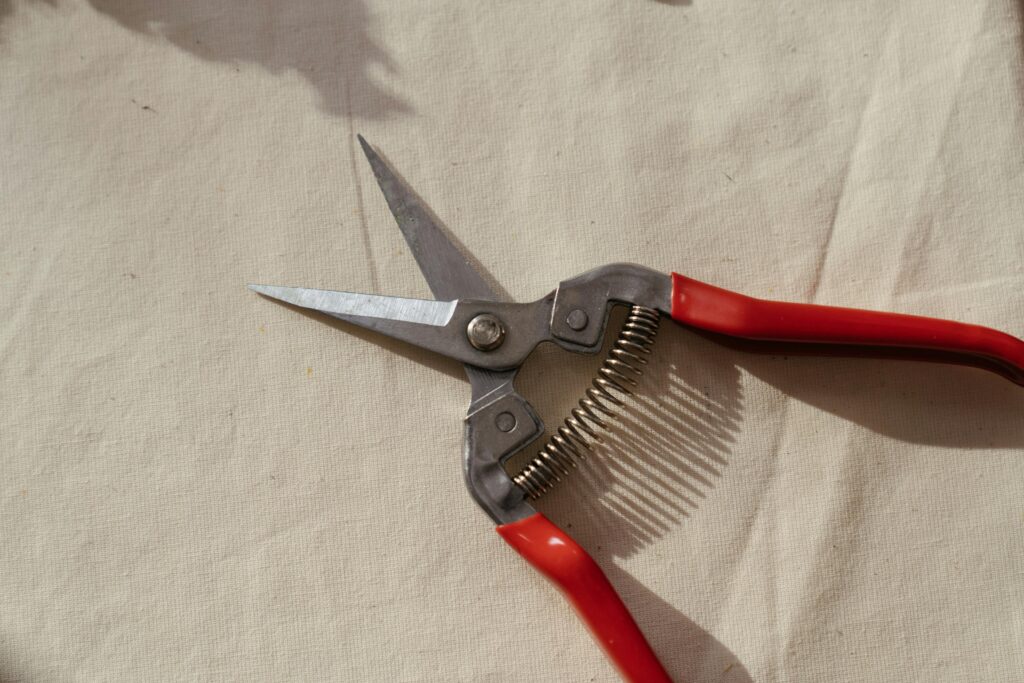
Always use pruning shears or scissors that are clean and sharp. This helps create a clean cut that will heal faster. Dirty tools can transfer bacteria to the cutting. This can slow growth or cause rot.
Wipe your tools with rubbing alcohol before and after cutting. This keeps them free from germs and plant sap buildup. A smooth cut also makes it easier for roots to form. This step keeps your propagation process healthy from the start.
Make a Clean Cut Below a Node
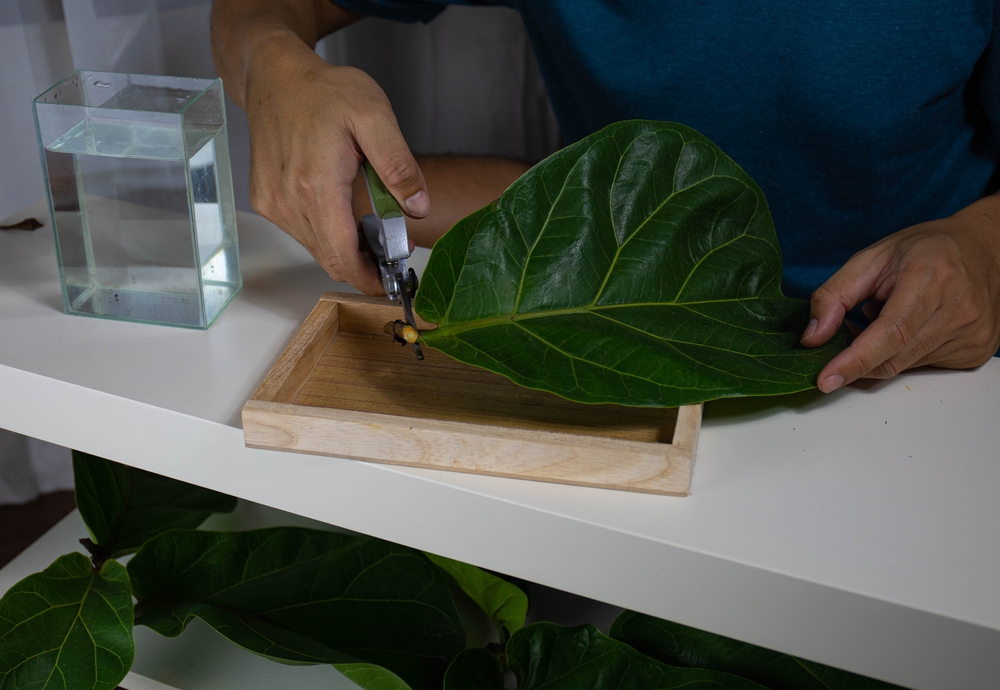
Cut just below a leaf node, which is the small bump on the stem where leaves grow. This area has cells that help form new roots. Leave at least one or two leaves on the cutting to help with photosynthesis. Too many leaves can use up energy needed for root growth.
The cut should be made in one smooth motion to avoid crushing the stem. Damaged stems take longer to heal and root. A proper cut encourages healthy root development. This is one of the most important parts of propagation.
Place the Cutting in Water or Soil
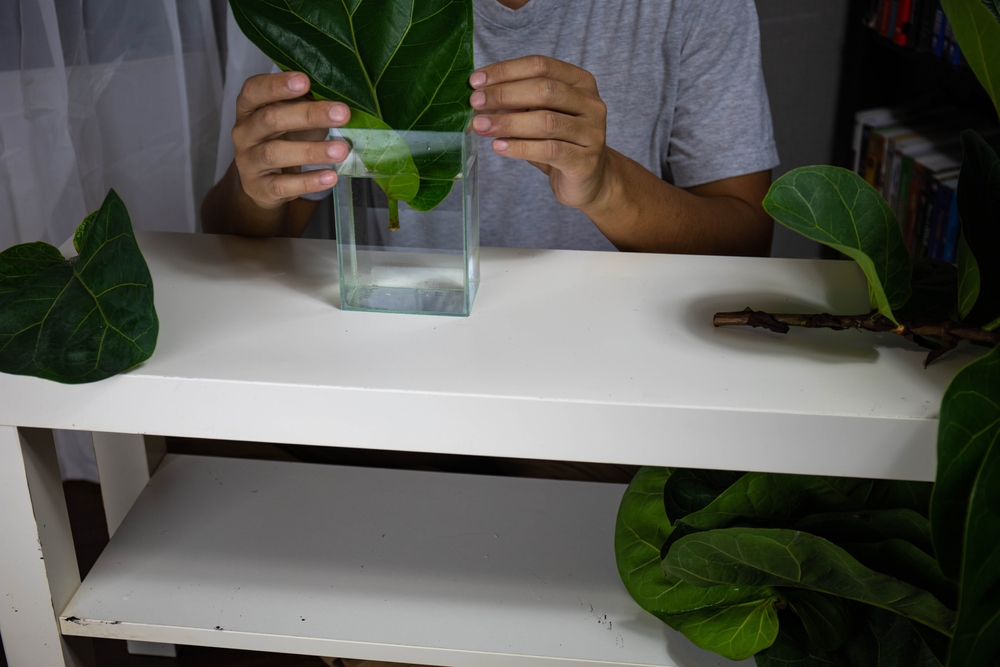
You can root fiddle-leaf fig cuttings in either clean water or moist soil. Water rooting allows you to see roots forming, while soil rooting helps plants adjust faster when transplanted. Use a clean jar for water or a small pot for soil. Both methods can work well.
Change the water every few days if using the water method. If planting in soil, keep it damp but not soggy. Make sure the cutting is stable and upright. This prevents stress and damage to the stem.
Keep the Cutting in Bright, Indirect Light

Fiddle-leaf fig cuttings need plenty of light, but not direct sunlight. Too much sun can scorch the leaves. Place them near a window with filtered light for the best results. Consistent light helps encourage steady root growth.
Rotate the cutting every few days so all sides get equal light. This helps keep growth balanced. Avoid dark corners where the cutting will struggle to grow. Good lighting is one of the most important parts of this process.
Maintain Warm Temperatures

These plants grow best when kept in a warm environment. Temperatures between 70 and 80 degrees work well for rooting. Avoid cold drafts or sudden temperature changes. These can slow root development.
If your home is cool, placing the cutting in a warm room can help. Some people use a seedling heat mat under the pot for consistent warmth. Stable warmth gives the cutting a better chance to grow. It also helps prevent stress on the plant.
Change Water or Check Soil Moisture Regularly

If rooting in water, refresh it every few days to keep it clean. This prevents bacteria buildup and keeps oxygen levels high. In soil, check moisture often to keep it slightly damp. Dry soil will stall root growth.
Do not let water levels drop too low in the container. In soil, avoid overwatering to prevent root rot. The goal is to keep the environment fresh and balanced. Regular care at this stage helps roots grow faster.
Wait for Roots to Reach a Few Inches Long
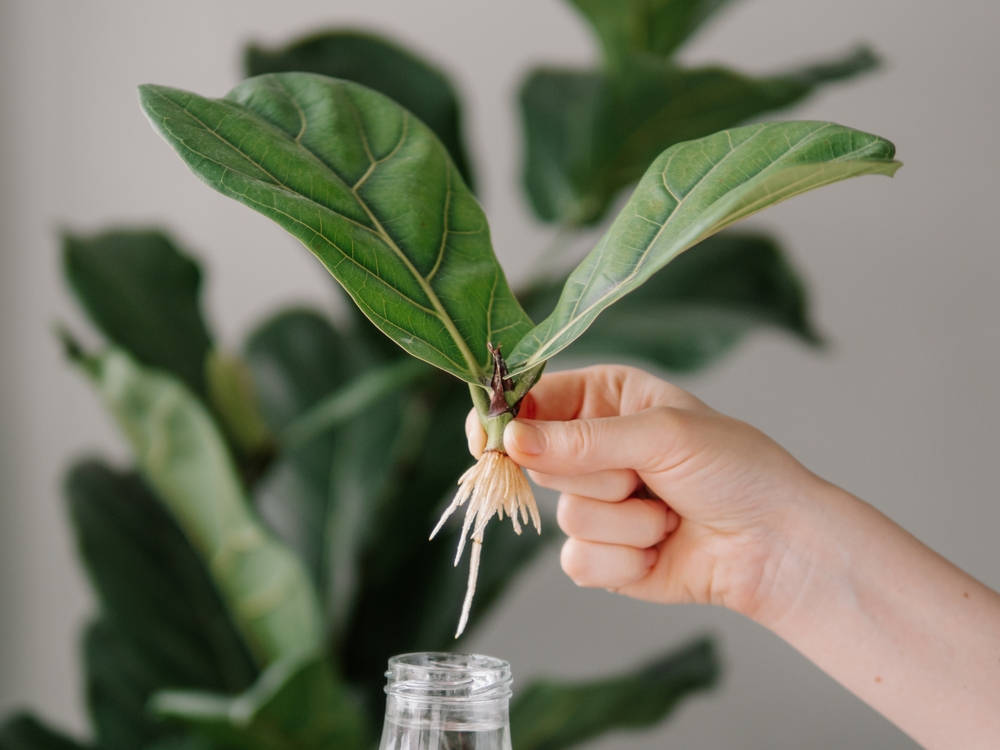
Roots can take several weeks to form, so patience is important. Wait until the roots are at least two to three inches long before transplanting. This makes them strong enough to adapt to a new pot. Transplanting too early can damage delicate roots. During this stage, keep the plant in a stable environment with consistent moisture to encourage steady growth.
Avoid exposing it to direct, harsh sunlight that can dry out the developing roots. A gentle tug on the stem can help you check if the roots are firm without disturbing them too much. Once the roots look healthy and white, the plant will be ready for its next stage of growth.
Transplant into a Pot with Fresh Soil
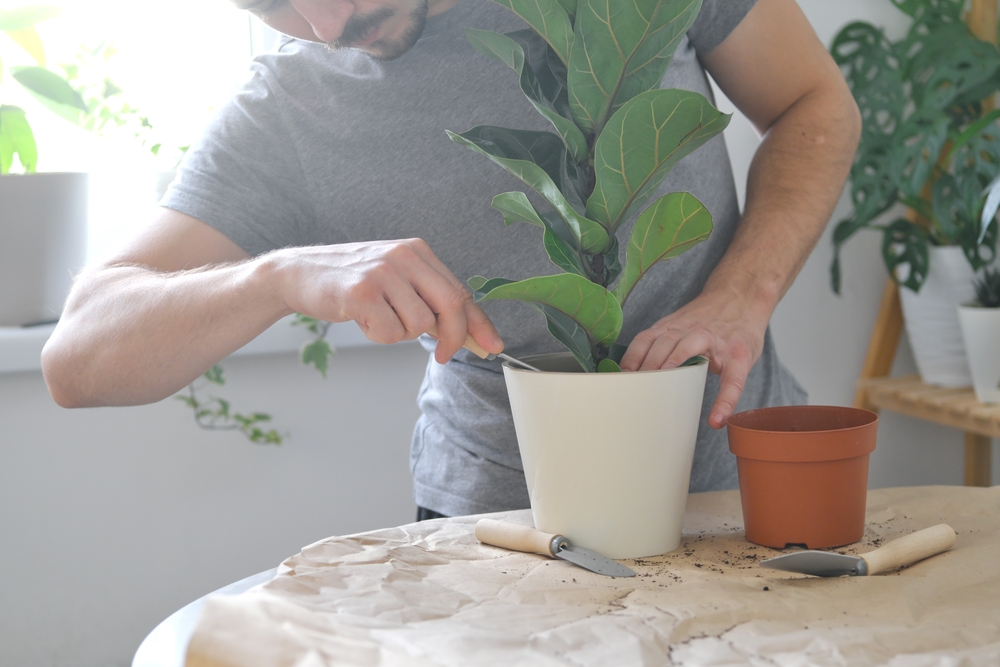
Choose a small pot with drainage holes for the new plant. Use a well-draining potting mix to help roots adjust quickly. Gently place the cutting into the soil, covering the roots completely. Press the soil lightly to secure it.
Water the plant lightly after transplanting to help settle the soil. Keep it in bright, indirect light as it adapts. Avoid fertilizing for the first few weeks to prevent stress. This allows the plant to focus on root establishment.
Continue Regular Care for Healthy Growth
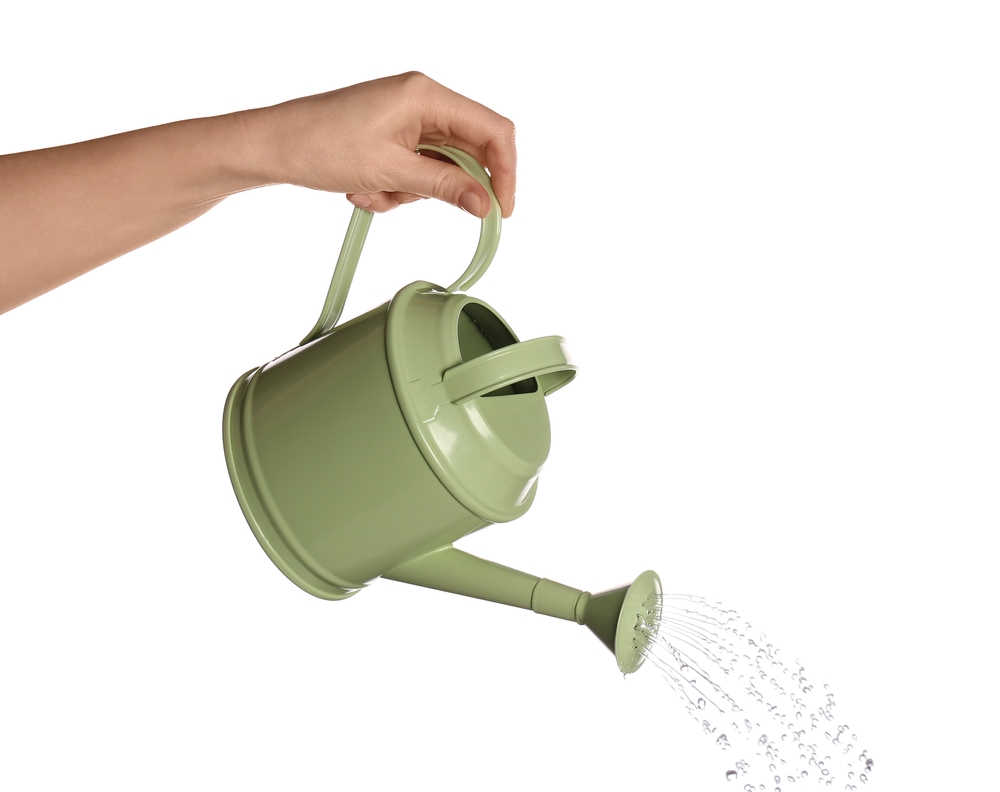
After transplanting, water the plant when the top inch of soil feels dry. Keep it in a stable environment without sudden changes in light or temperature. Wipe leaves occasionally to keep them free from dust. Healthy leaves will help the plant grow faster.
You can start a light fertilizing routine after a month. Watch for signs of new growth as the plant settles in. Proper care during the first months will shape how well it thrives. Your propagated fiddle-leaf fig can grow into a strong, beautiful plant with time.
Propagating fiddle-leaf figs can be a simple and rewarding way to grow your indoor plant collection. With the right care and patience, your cuttings can develop into healthy and vibrant plants. Watching them grow brings a sense of satisfaction and connection to nature. Start today and enjoy the beauty of fresh greenery in your home.
This article originally appeared on Avocadu.
